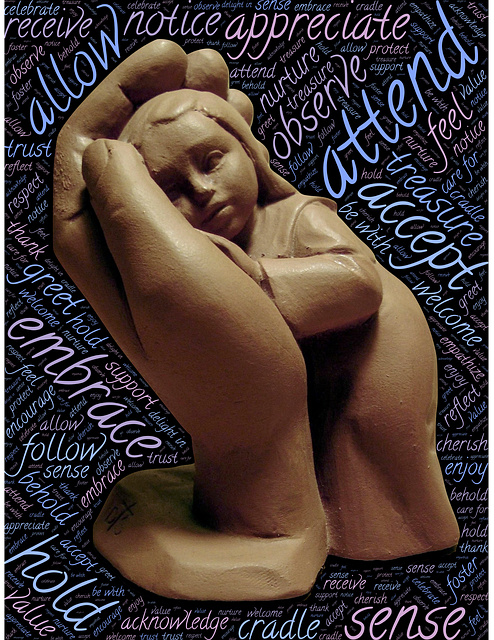
Before Family Law in the European Union, it’s important that we first step back and understand what the European Union is.
A brief history of the EU…

The European Union, as we know it today, was created in 1993 by the Maastricht Treaty. But, it really began in 1945.
At the end of World War II, Europe was left divided, exhausted and desperately in need of resources to rebuild it’s industries. Six European nations agreed, in The Treaty of Paris, to form an area of free trade between themselves for key resources.
In 1957, there were two new treaties. Sharing knowledge on atomic energy, and no tariffs on the flow of goods and labour between the member states.
In the 70’s and 80’s membership to the union increased. Also on the increase was the influence, power and scope of the union. By 1993 and The Maastricht Treaty, the original union had metamorphosed into a superpower.
Freedom of movement…
Based around four key areas:
- Economy
- Parliament
- Security & Foreign Affairs
- Justice & Home Affairs
The EU reigns supreme over the lives and function of it’s member nations.
The European Community has set the objective of creating an area of freedom, security and justice, in which the free movement of persons is ensured. To this end, the Community is to adopt, among others, measures in the field of judicial cooperation in civil matters that are necessary for the proper functioning of the internal market. – Council Regulation (EC) No 2201/2003
The freedom of movement gives people the opportunity to work and study across the EU without restriction. As a natural consequence, more international couples are now living and having families outside of their countries of origin.
 First Steps into Family Law in the EU
First Steps into Family Law in the EU
Life certainly isn’t a fairy tale and, for a wide variety of reasons relationships break down. In the case of international couples, the separation of the relationship could mean that children live in a different member state to their non-resident parent. The EU is responsible for ensuring that there is justice for all within it’s member states. A non-resident parent is entitled to visitation rights regardless of where within the EU their child is living. Therefore…
From 1 March 2005, jurisdiction recognition and enforcement of decisions on parental responsibility are governed by Council Regulation (EC) 2201/2003 of 27 November 2003 (“the new Brussels II Regulation”)
There are a lot of people who think of Brussels II as anti-family and unconciliatory. Many people believe that it discourages mediation, reconciliations and early settlements. And there can be no doubt that family law in the EU can be difficult to navigate for the first time.
But as American author and politician Bruce Barton (b.1886-d.1967), once said:
Action and reaction, ebb and flow, trial and error, change – this is the rhythm of living.
The European Union is no different. It’s acting and reacting, growing with the ebb and flow of people across it’s member states. It’s legislation is subject to trial and error as it strives to create a solid foundation. There is Brussels Regulation I and now there is Regulation II. No doubt more change will come.
 Representing yourself in the European Union…
Representing yourself in the European Union…
The good news is that as a Litigant in Person, you don’t have to get buried in politics and opinion. You can break free from the bureaucracy and get on with the job of representing yourself in the EU.
First steps..
- Just as in the UK, any separating couples should, at first, try to reach a mutual agreement. Will the children live alternately with both parents, or with one parent? The EU provides a list of mediators on their website https://e-justice.europa.eu/home.do?action=home should you need impartial help to agree.
- If parents are unable to agree, court will be the next step. What is in dispute? What do you want from the court? It could be visitation rights, specific visitation, acknowledgement of parental responsibility. A clear plan is the first step to achieving it. Emotion & Reason – 5 Steps to Creating a Balanced Argument might help you think of what you want in a more reasoned way
- When you know exactly what you want, you next need to know which court to approach. EU rules are responsible for which court has the jurisdiction to handle your case. Again on, https://e-justice.europa.eu/home.do?action=home there is the facility to find the responsible court, as well as detailed national information for member states.
Family Court: Prepare and Organize Your Case will give a general overview into what’s involved in representing yourself at family court. However, there are some key differences between the practice of family law in the UK and in the EU, that we will look at next time. Until then…
Are you representing yourself at family court in the EU? How easy or difficult are you finding it to navigate the system?
Amazing things can happen when women support each other. Donate as little or as much as you like to help the articles stay free to view for all.
[paypal_wp_button_manager id=235]
#mothers4justice2
 First Steps into Family Law in the EU
First Steps into Family Law in the EU Representing yourself in the European Union…
Representing yourself in the European Union…

